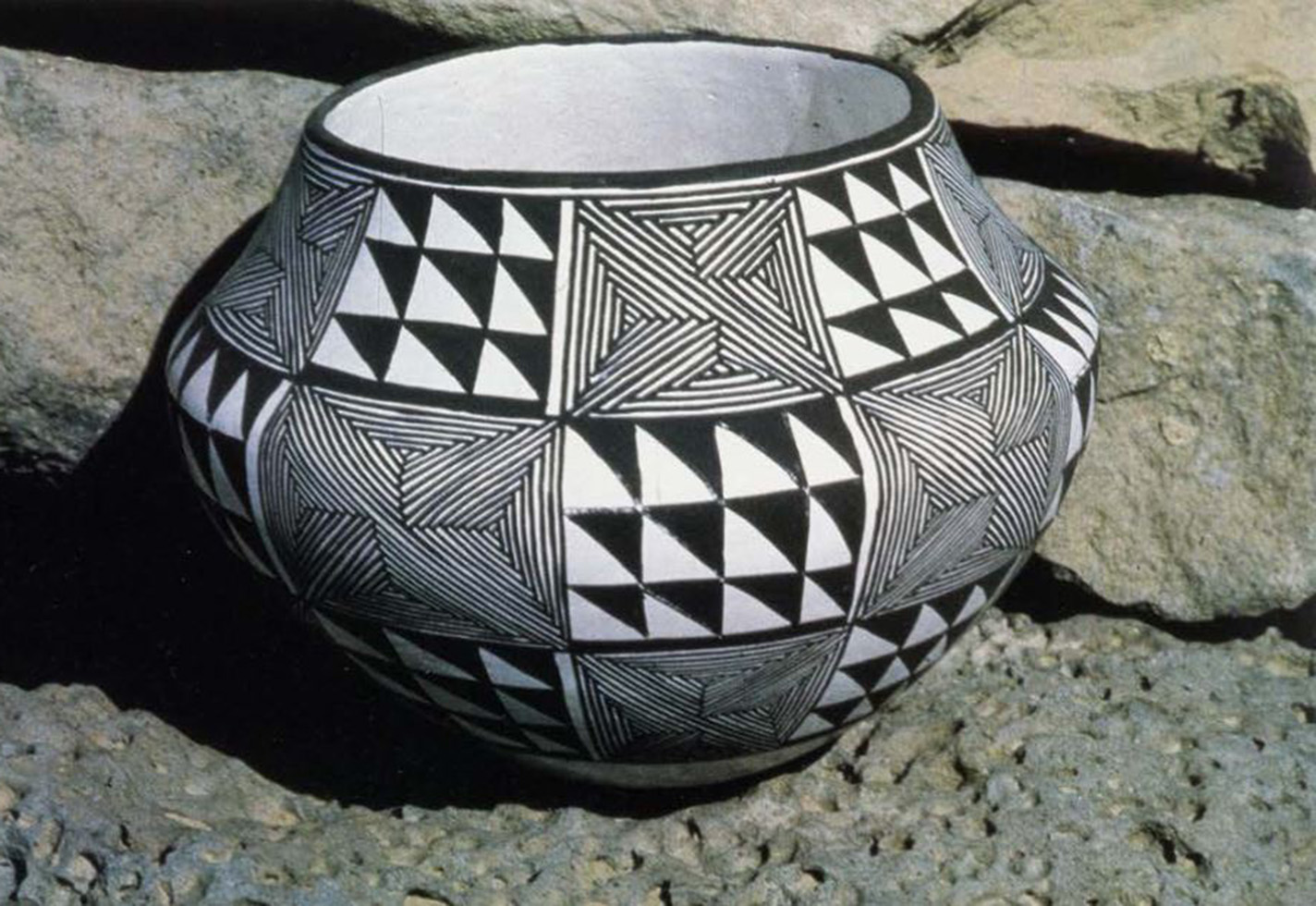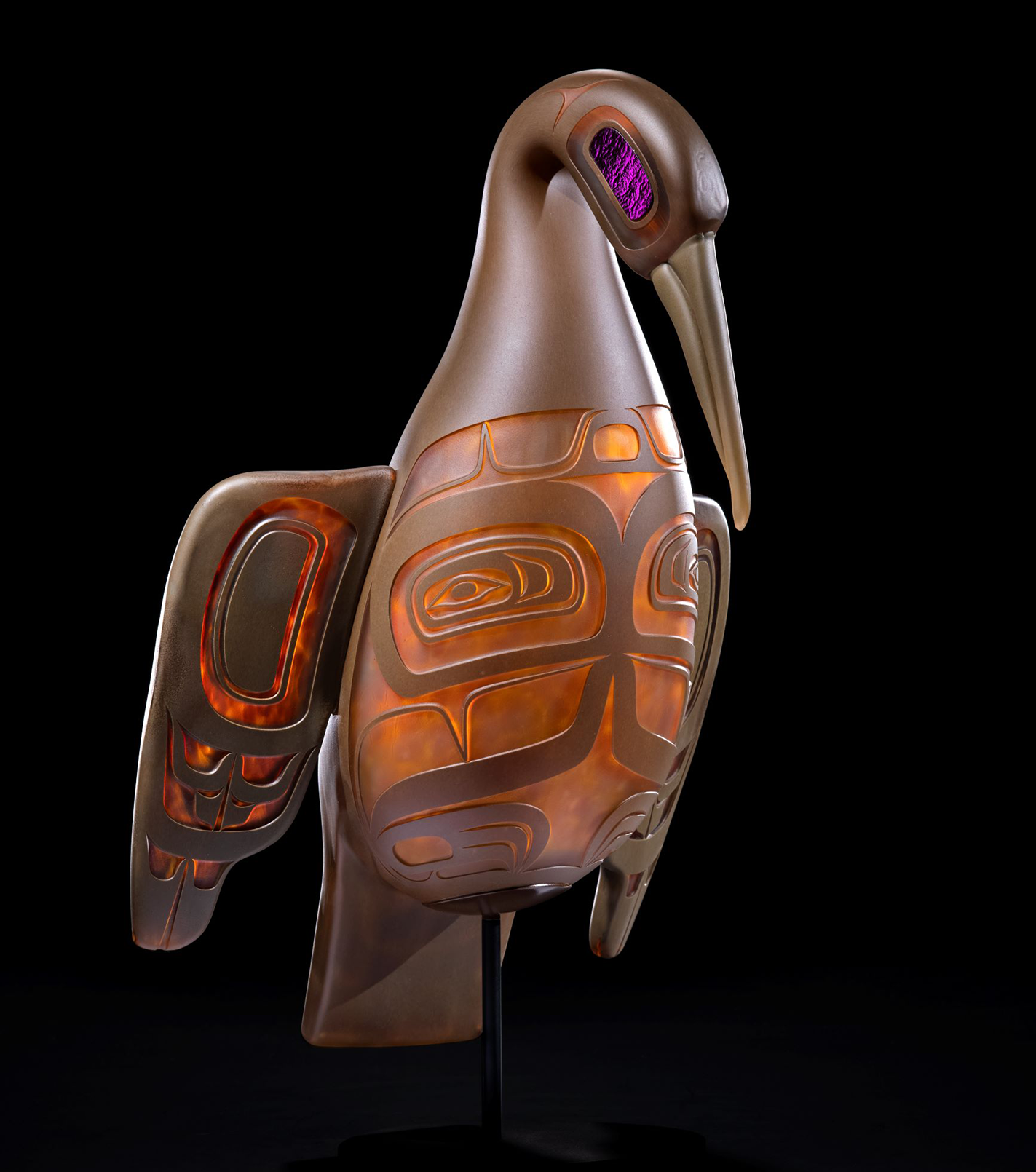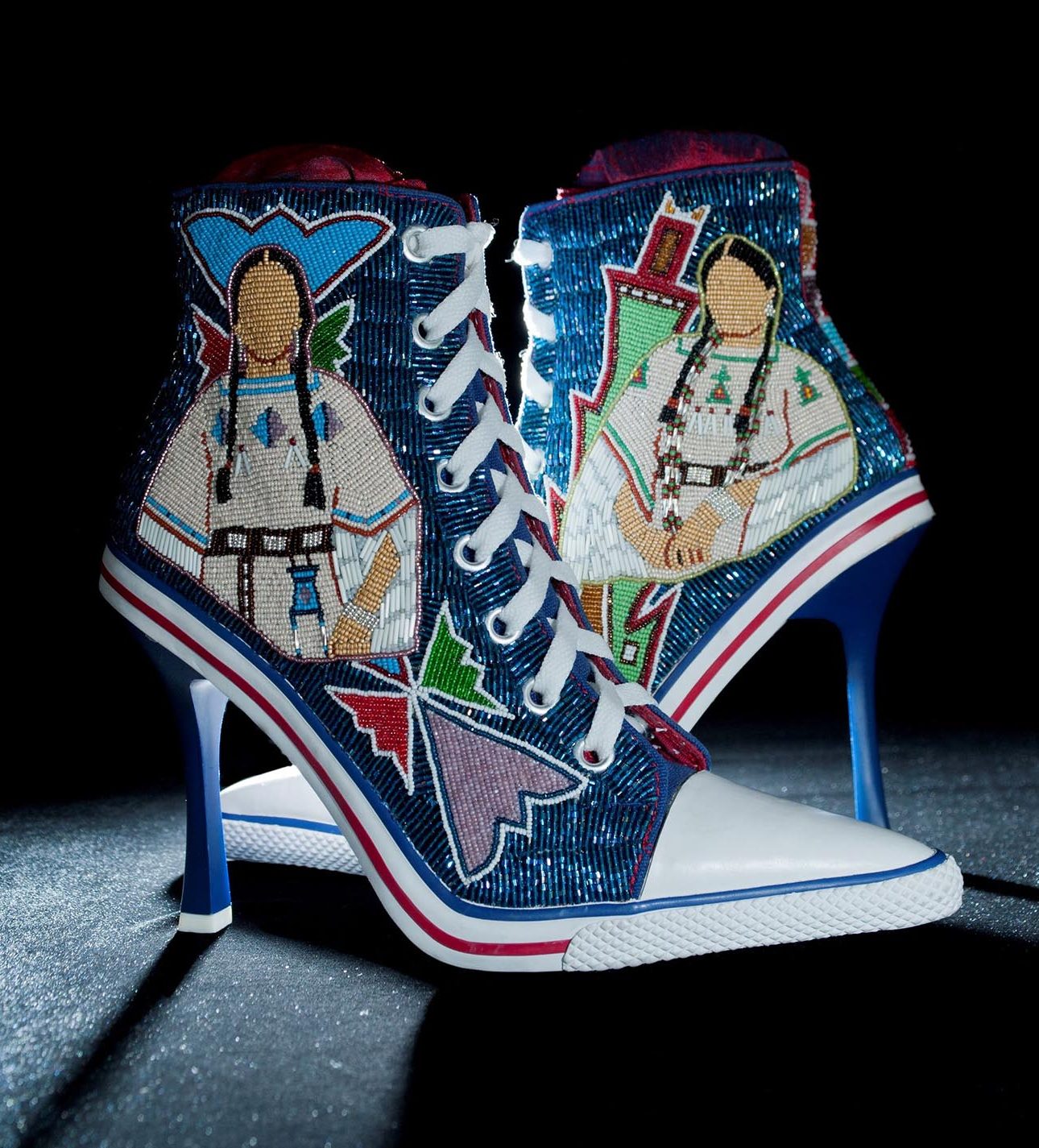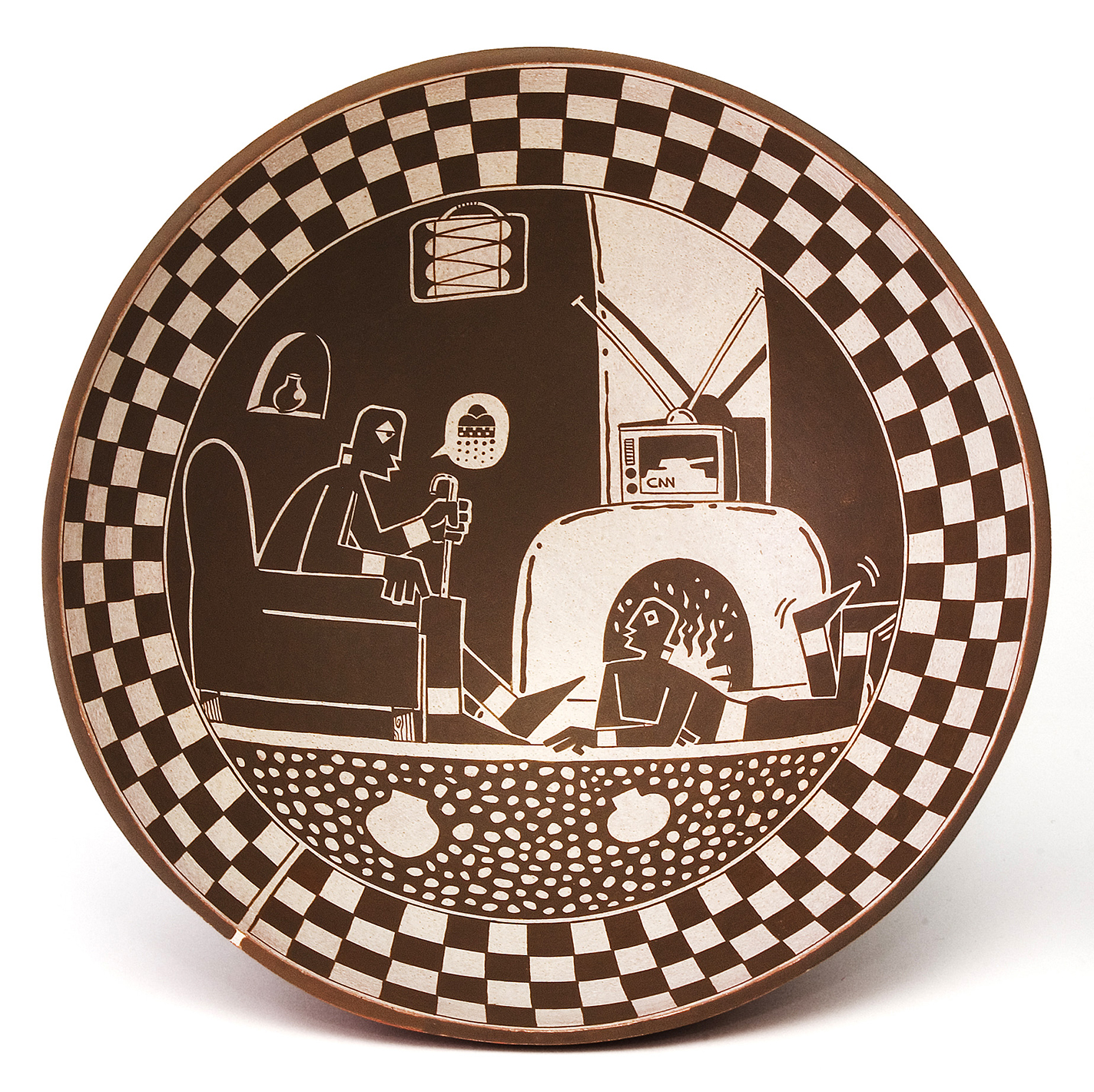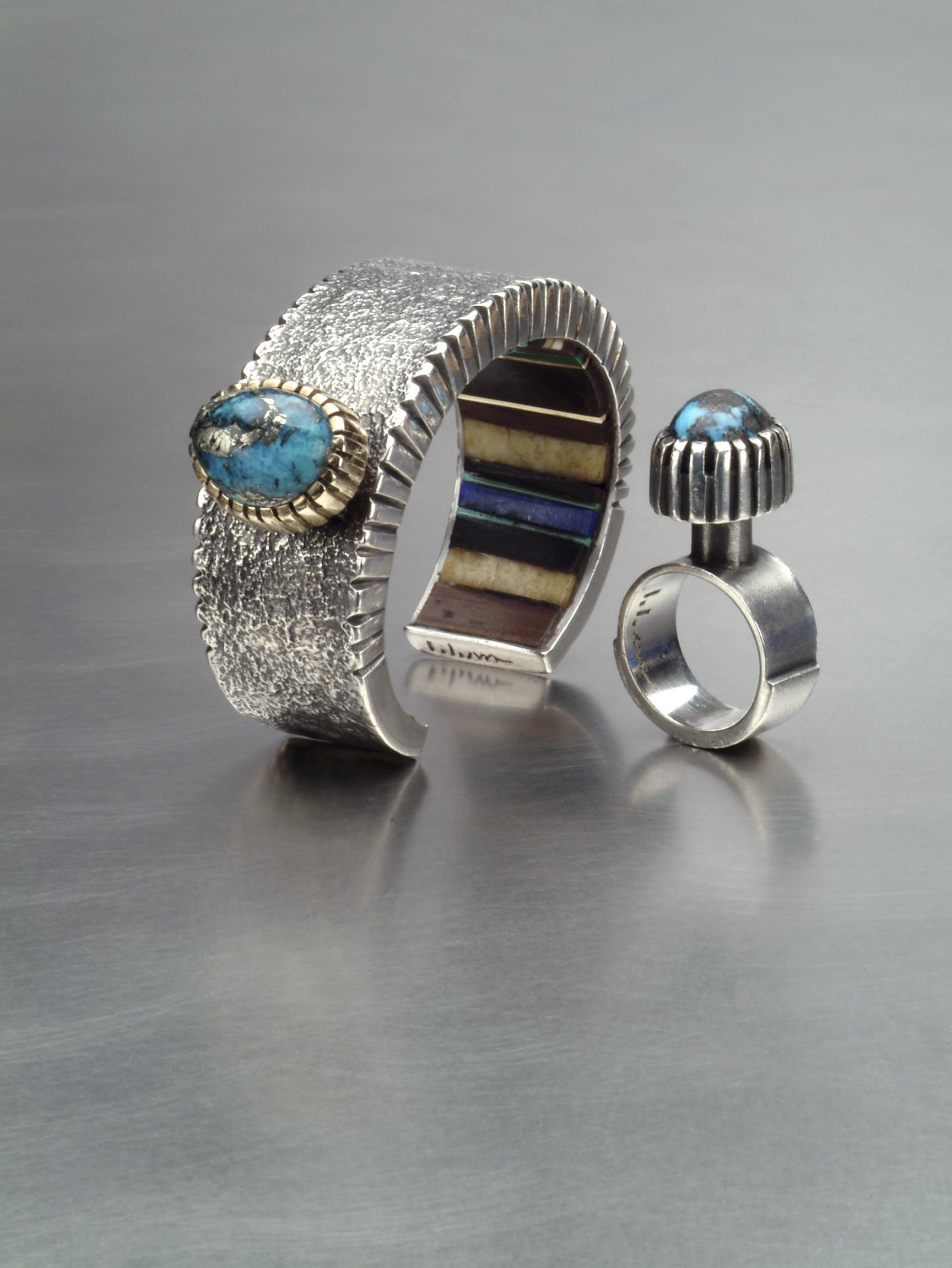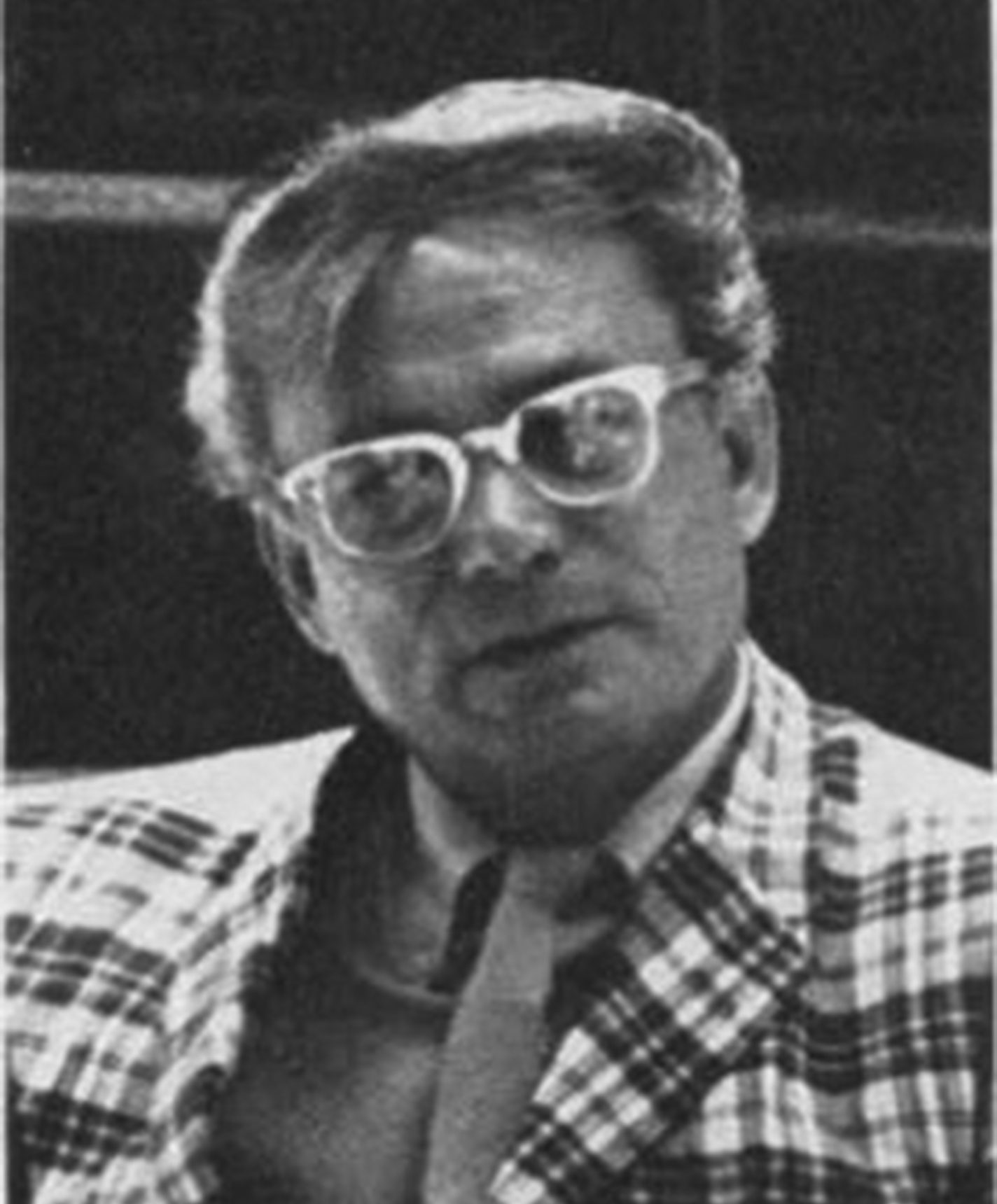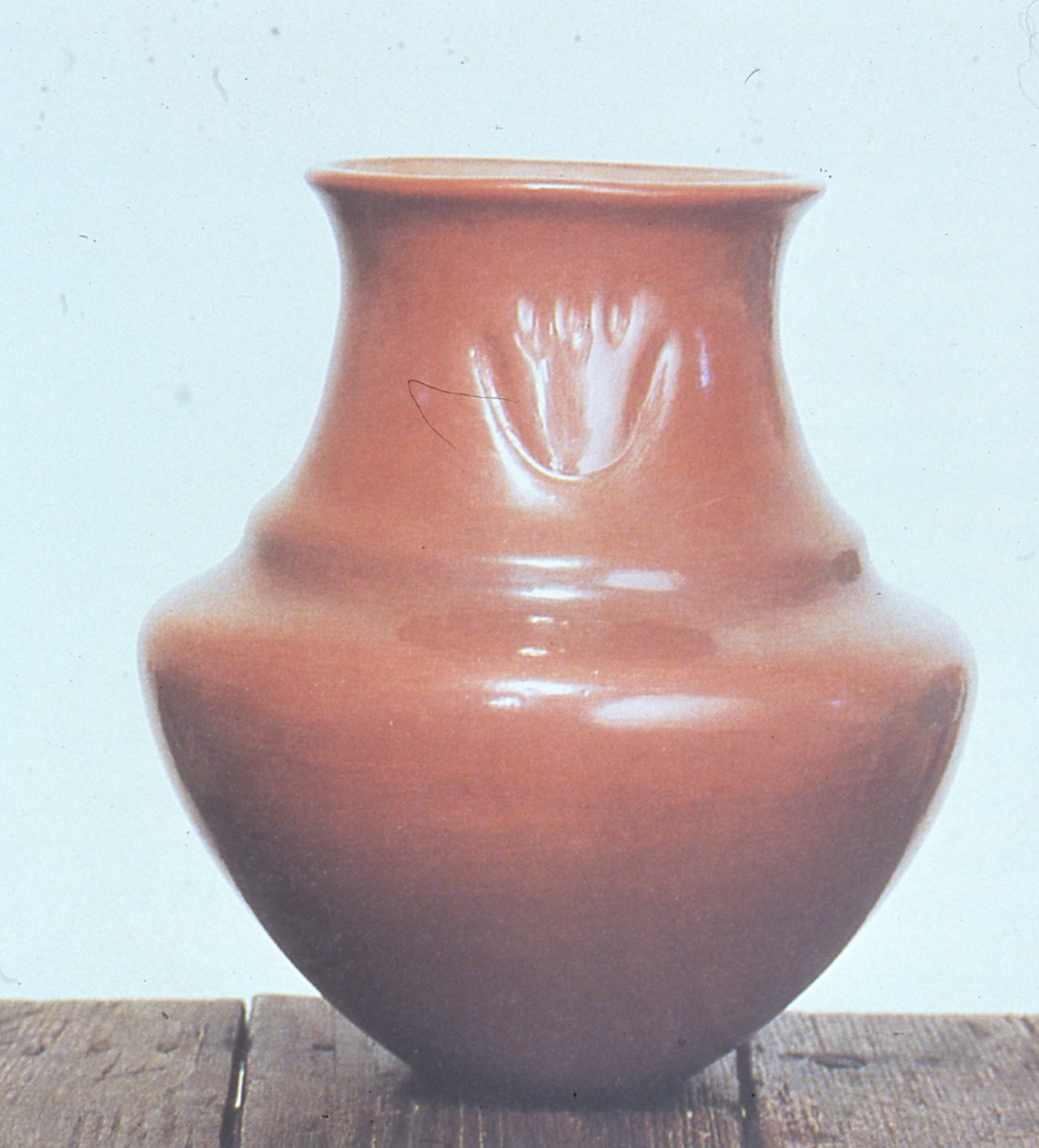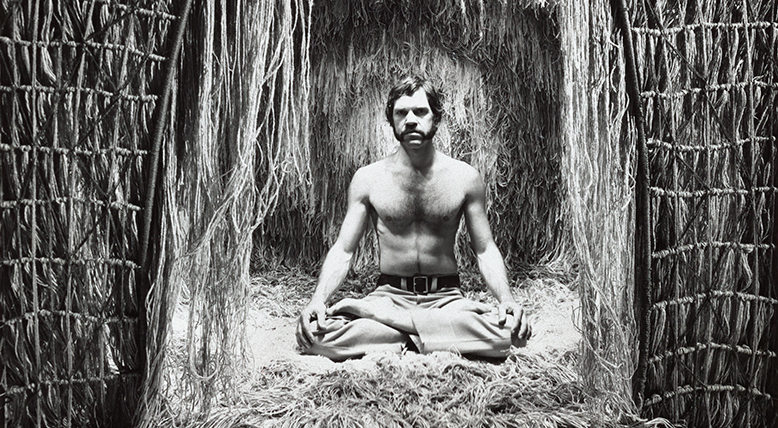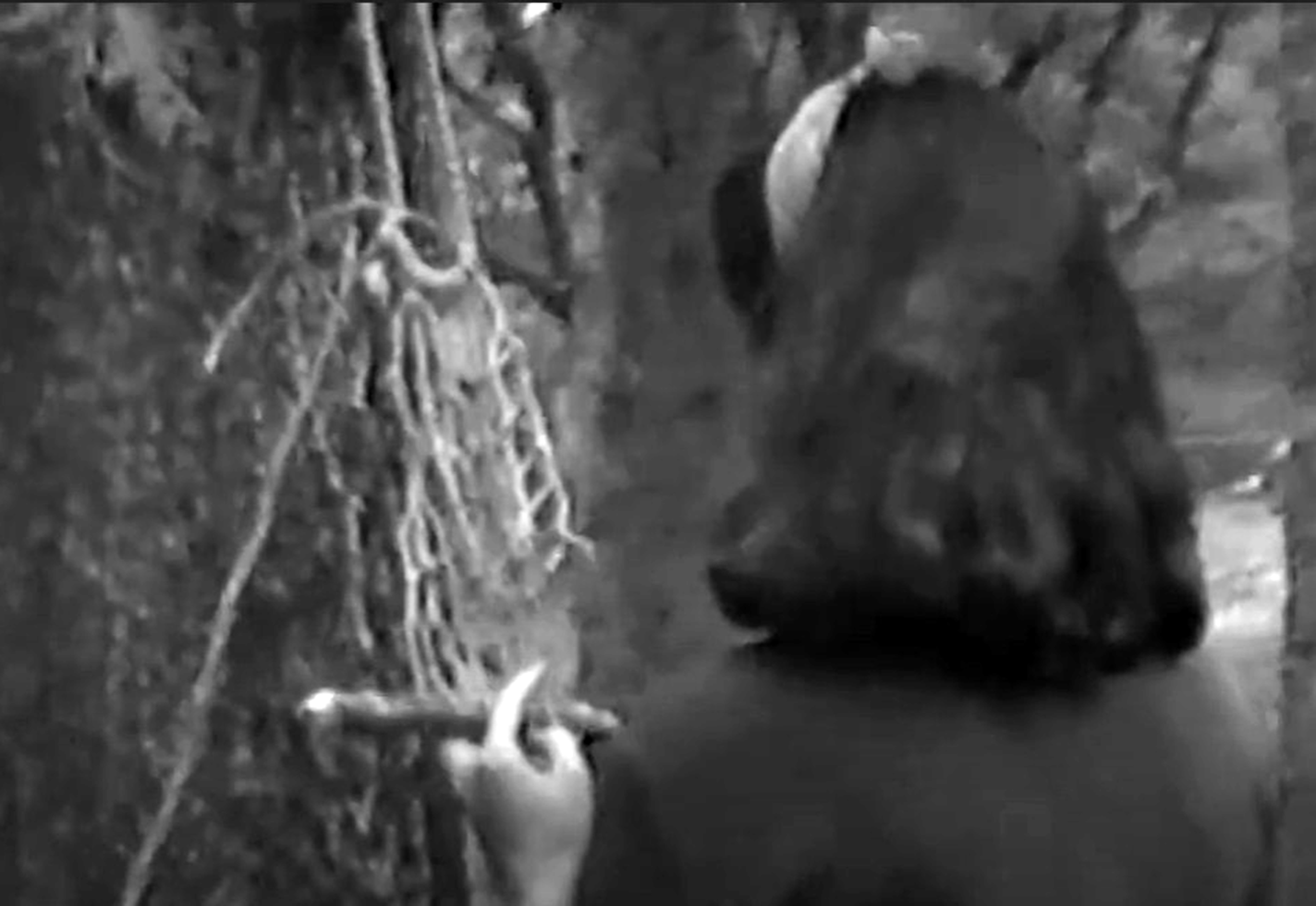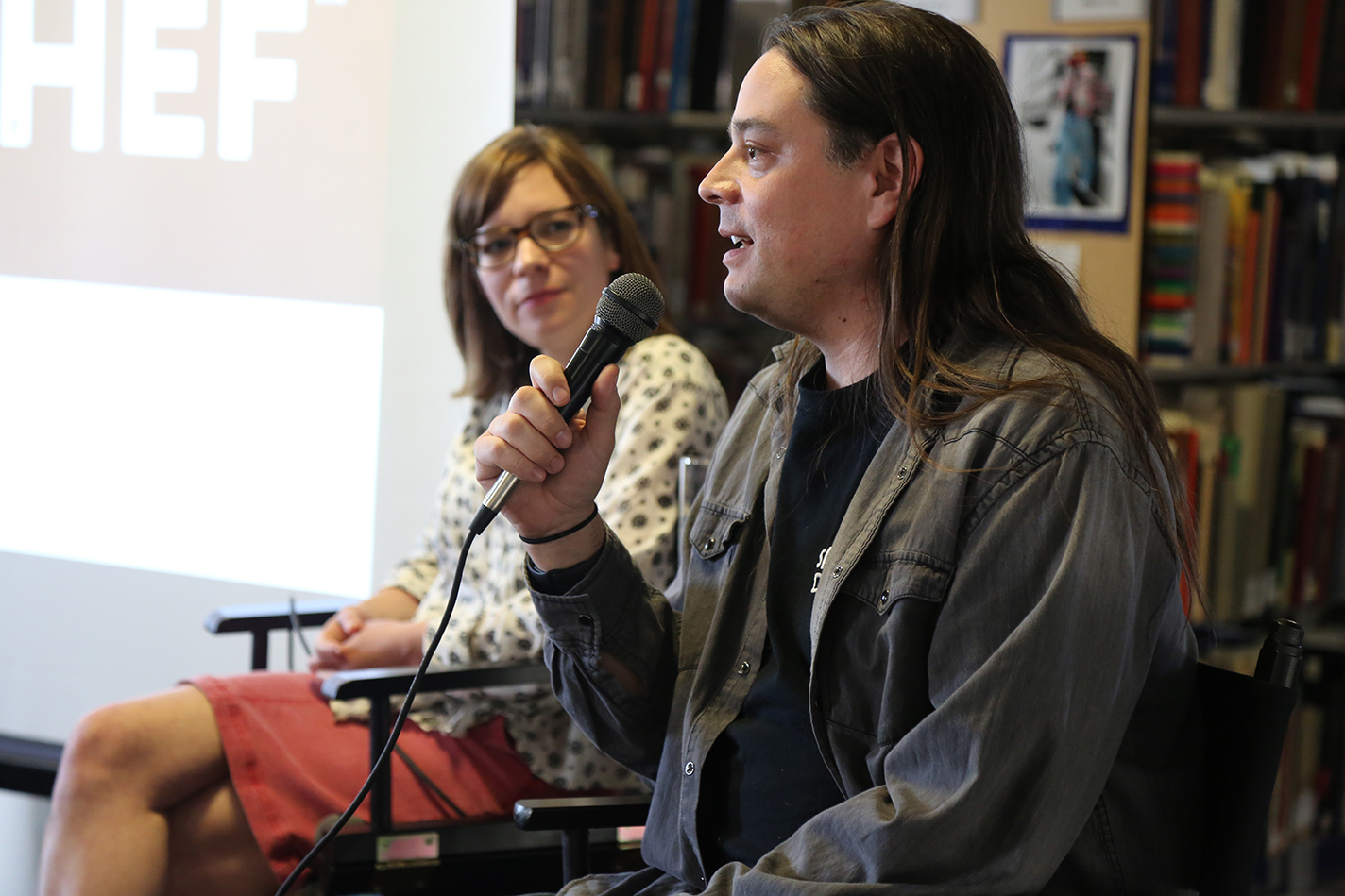A version of this article was first published in November 2022 in Issue 9 of The Crafty Librarian newsletter to bring attention to accomplished Indigenous artists during National Native American Heritage Month. That year, beadworker Teri Greeves (Kiowa) and glass artist Preston Singletary (Tlingit) were inducted into the ACC College of Fellows, a peer-nominated, peer-elected cohort of renowned artists recognized as part of the ACC Biennial Awards. In 2024, ceramist Diego Romero (Cochiti Pueblo) was inducted into the College of Fellows. The next cycle of ACC Biennial Awards will take place in 2026.
The ACC Archives maintains extensive artist files for each Fellow, including work images, exhibition catalogs, and press coverage. In recent awards cycles, ACC has also produced video interviews for each award recipient. Watch video interviews for Preston Singletary, Teri Greeves, and Diego Romero on ACC’s YouTube channel.
